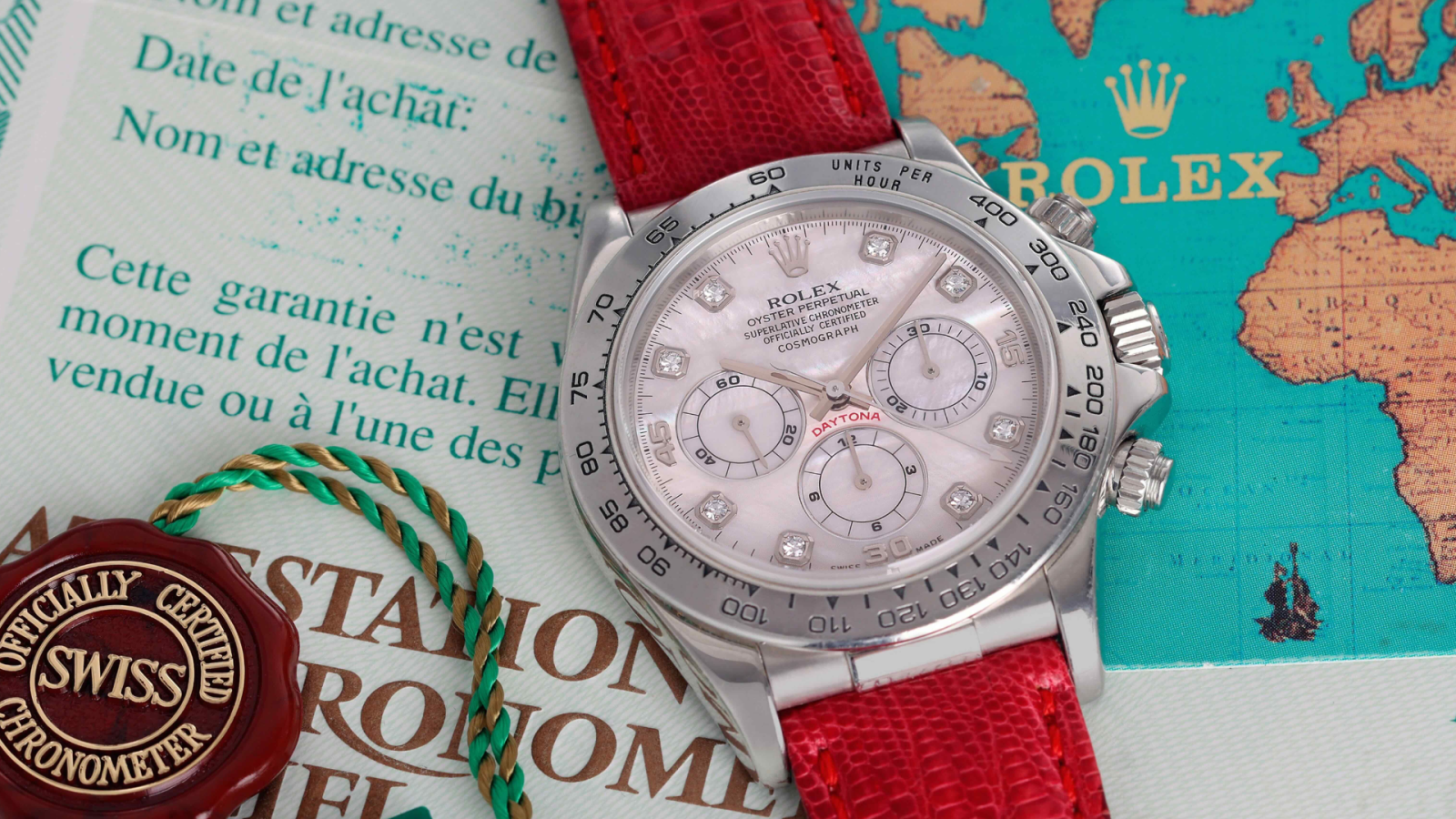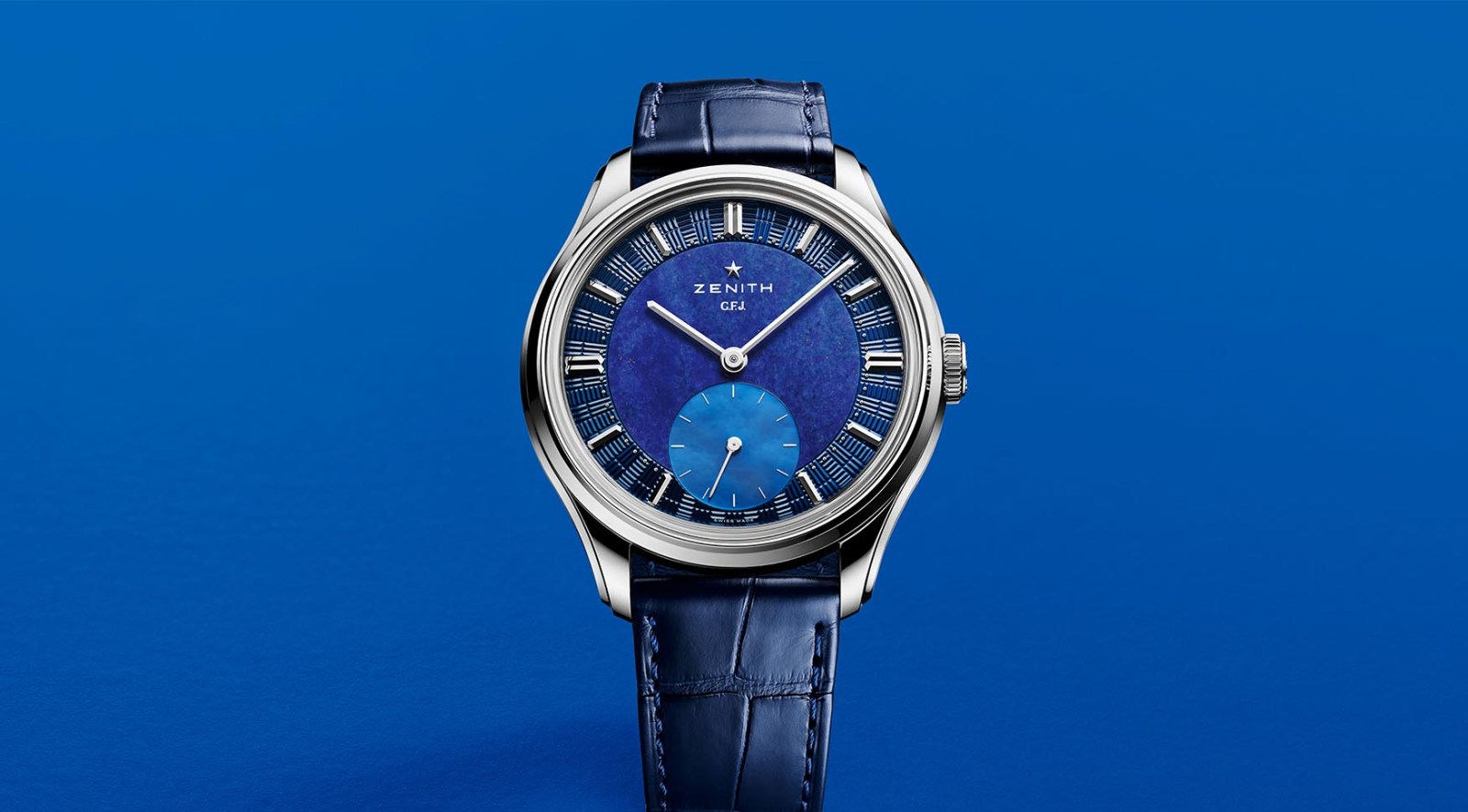A 1954 Mercedes-Benz W196 R Stromlinienwagen sold for $53.9 million at a Sotheby’s auction on Saturday, making it the most expensive Grand Prix car ever sold and the second most expensive car of all time. The only car to fetch more was a 1955 Mercedes-Benz 300 SLR Uhlenhaut Coupé, which sold for $143 million in 2022.

1954 Mercedes-Benz W 196 R Stromlinienwagen
Sotheby’s
A Blast From The Past
The W196 R dominated Formula 1 in the mid-1950s, winning two world championships during Mercedes’ brief but successful stint. The car stood out with its two body styles: a traditional open-wheel design and a streamlined, closed-wheel version. F1 rules at the time didn’t prohibit covered wheels, and Mercedes bet on better aerodynamics outweighing the added bulk.
Mercedes built the streamlined body out of Elektron magnesium alloy, keeping weight down to an unbelievable 88 pounds. RM Sotheby’s, which handled the sale, called the design “one of the most elegant in racing history.”
275 Horses, 8 Cylinders
The car was powered by a 257-horsepower inline-eight engine and could top out at 186 MPH. The W196 R debuted at the 1954 French Grand Prix. The chassis that just sold, numbered 00009/54, had its biggest win at the 1955 Buenos Aires Grand Prix, driven by five-time F1 champion Juan Manuel Fangio.

Portrait of Juan Manuel Fangio. (Photo by Klemantaski Collection/Getty Images)
Klemantaski Collection
Later that season, Mercedes fitted it with the streamlined bodywork after Fangio and teammate Stirling Moss found their shorter-wheelbase cars unstable on Monza’s steep banking. Moss ran the car in the Italian Grand Prix, setting the fastest lap before dropping out with engine trouble.

1954 Mercedes-Benz W 196 R Stromlinienwagen
Sotheby’s
A Tragedy, And A Withdrawal
Mercedes pulled out of racing after the 1955 season, following the deadly crash of a 300 SLR at Le Mans. The magnesium-bodied car burned uncontrollably, contributing to the disaster that killed 83 spectators. The company withdrew from auto racing and did not return as a factory-level Formula 1 constructor until 2010.
In 1965, Mercedes donated chassis 00009/54 to the Indianapolis Motor Speedway Museum, where it remained for decades. The donation was a goodwill gesture, but Mercedes never fielded a factory team at the Indy 500. Their wins there—before and after 1955—came through private efforts.

1954 Mercedes-Benz W 196 R Stromlinienwagen
Sotheby’s
1955 Was Mercedes’ Defining Racing Year
1955, therefore, can be called the defining year of Mercedes racing. The German brand, once the dominant force in pre-war grand prix racing, had taken over the world with its W196S sports car (better known as the SLR) and its W196R Formula 1 car.
Open-wheel variants won nine times in 12 starts over two years, capturing the championship in both seasons. Sports car variants were dominant, too, but the SLR is infamous for its key part in the 1955 Le Mans disaster. You could justifiably call this F1 a survivor as well as a gorgeous example of engineering, and a piece of history.
If you’d like to read more about history of the car and the men who drove it, Sotheby’s has an extensive and fascinating account.
Ride safe! JM
This story was originally published on forbes.com and all figures are in USD.
Look back on the week that was with hand-picked articles from Australia and around the world. Sign up to the Forbes Australia newsletter here or become a member here.


